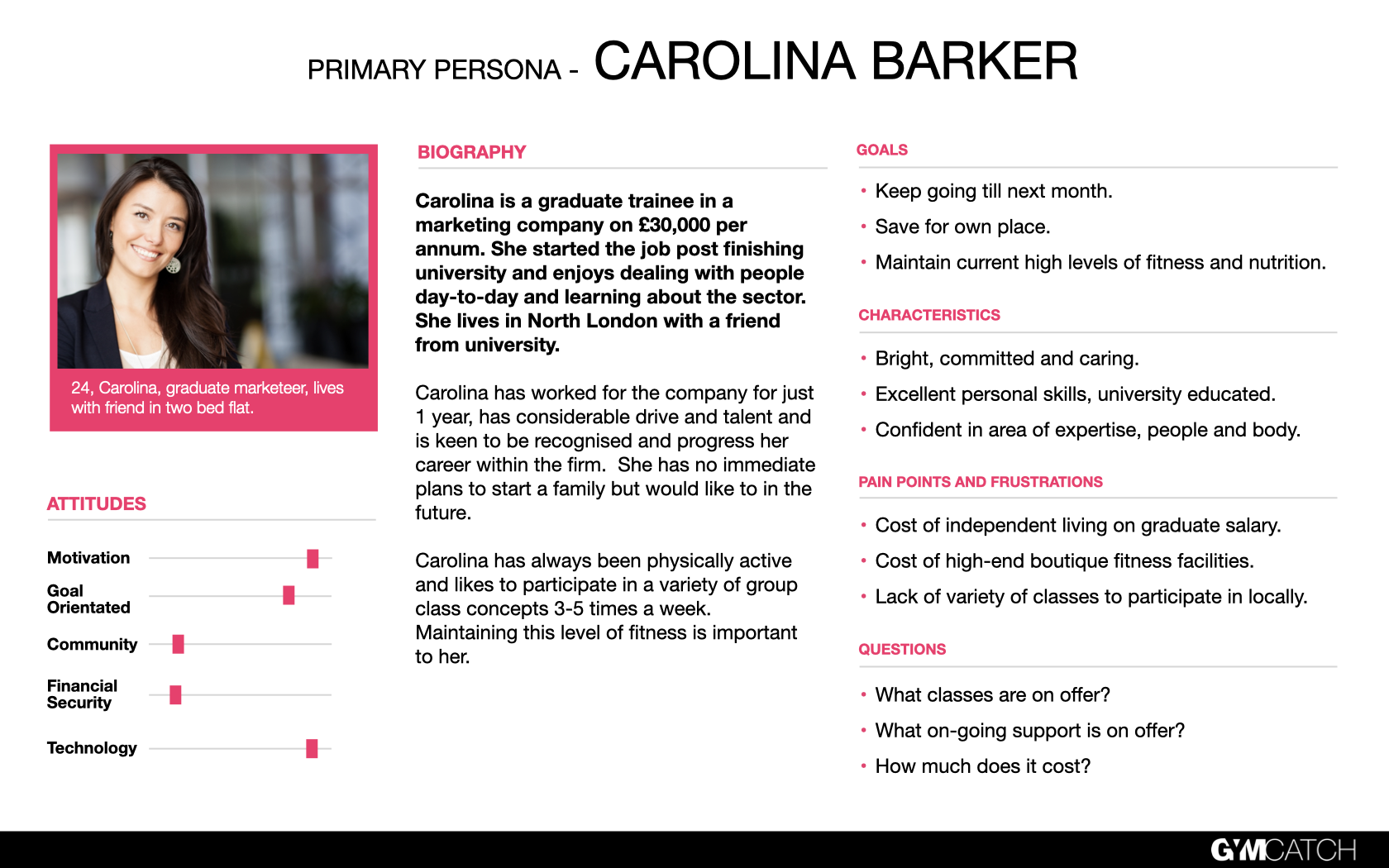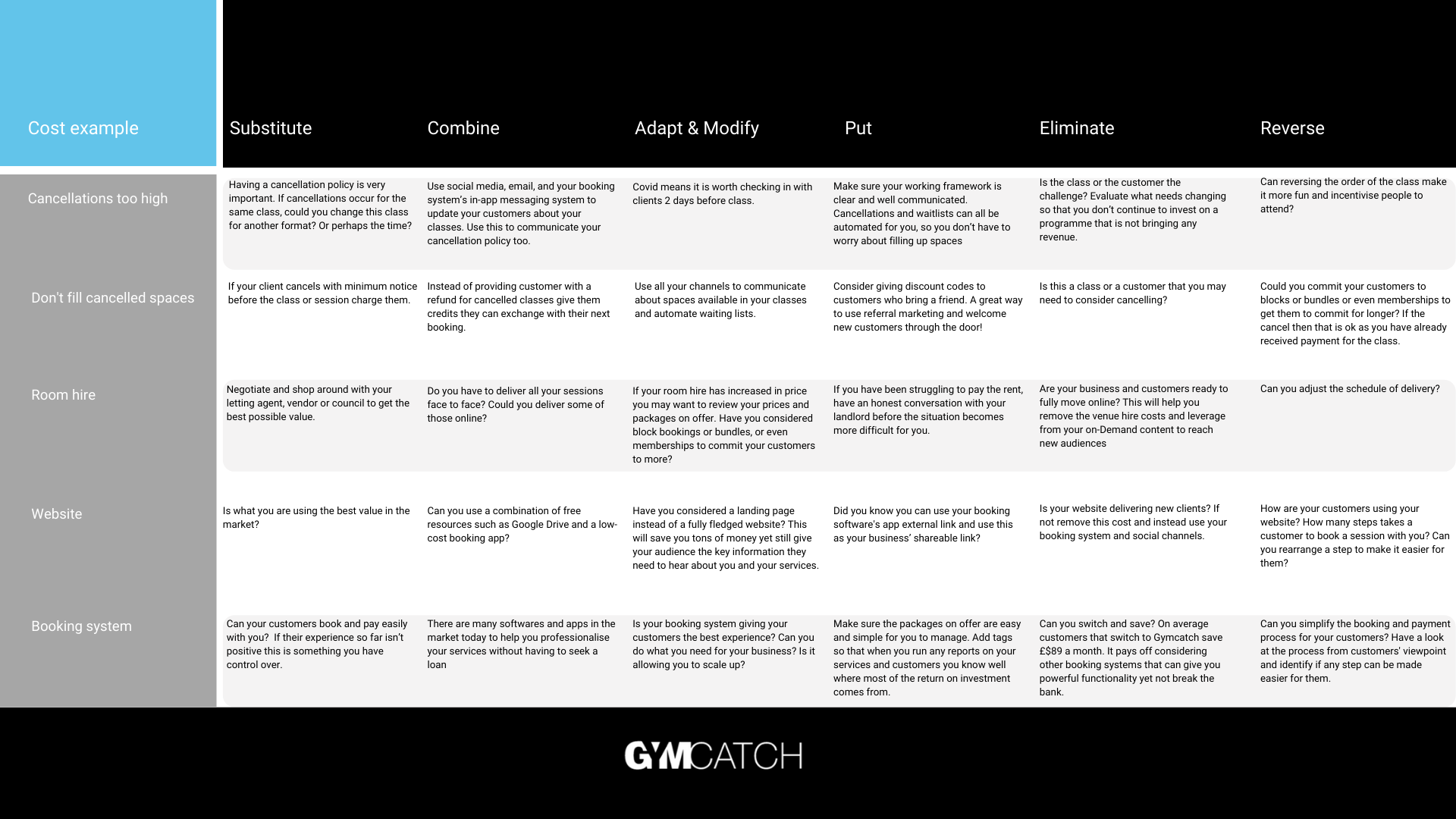Yoga is quite amazing. People rely on it to transform into better versions of themselves. It helps people to heal. And those are some of the reasons the yoga industry continues to gain more popularity in the UK. However, running your own yoga studio is not a walk in the park. Like any business, the yoga industry has a lot of challenges and competition. Therefore, you need to embrace the best yoga marketing strategies to stay ahead.
Let us have a look at some of the most effective yoga studio marketing strategies that you could employ.
Come up with loyalty programs
If you wish to increase your client base, an easy way to do it is to create loyalty programs for clients who frequent your yoga studio. So, why are loyalty programs important? Well, they will make your clients happy, which means that you will retain most of them. Happy customers can help you sign new clients faster by recommending your studio to friends and relatives.
You, therefore, should make the loyalty programs a priority; they don’t even have to be complicated. Something simple such as a point system could work. This is where a customer earns points every time she/he comes to your studio, and these points add up to some real redeemable value.
Entice your customers with value
Another great way of getting more clients coming to your yoga studio is by enticing them with value. What does that mean? Simple. Come up with viable ideas on how to create special promotions for your customers. For starters, you can offer new clients free trials. If you wish to retain the clients, however, then you’ll have to come up with something sustainable and much better than a free trial.
For instance, you can come up with incentives such as reducing the rate of the first few classes. Additionally, you could come up with a great pricing model that is easy for your customers to understand. That way, your customers will have an easier time selecting a package.
Target your audience
Another great way for you to grow your client base is by knowing your target audience. Once you define the customers you’d want to come to your studio clearly, then you can come up with yoga advertising ideas. Ensure that each ad you put out there focuses on a particular audience. You could even use your current customers to determine the people within the same demographic.
Fortunately, there are plenty of ways for you to advertise your business. One of the most effective platforms includes social media. You could post Facebook ads targeting different audiences. You could also send out emails to people who seem to share the same interests with your current students. That way, you will be able to reach a wider client base.
Rely on yoga studio software
We live in a technological age. Long gone are the days where you had to stack files to maintain your database. That is why you need to start using yoga studio software to streamline tasks in your business. If you have the proper management software, then your instructors will have an easier time managing your clients.
But that’s not all! Having the proper software in place could also improve your booking procedure. In fact, clients will find it easier to schedule studio sessions because the software provides versatile booking procedures. Additionally, the software will save you and your customers a lot of time, and there is nothing more enticing to a customer than saved time and flexible solutions.
Hire great instructors
Hiring great instructors counts as one of the best yoga marketing ideas. How come? When a client comes to your studio, she/he looks towards bettering themselves. As a result, clients will want to be under a trainer who can help them achieve their fitness goals effectively.
Besides, your staff contribute to the success of your business greatly. So, whenever an instructor takes your clients through a particular structure or yoga style and it works, there is a high likelihood that those clients will recommend your business to others. The opposite also applies.
To get a good instructor, you have to make sure that you are thorough during the hiring stage. Besides hiring the skilled instructors, you should also come up with ideas to promote them. By doing so, you create a good rapport with them, and they will be more likely to take care of your clients as expected.
Connect with local businesses
Yoga studio marketing should involve creating partnerships with local businesses, especially if you set up your business in a small town. You should make an effort to know the owners of the businesses around you, especially those that you can benefit from.
For example, if there is a coffee shop within your location, you can organize an event whereby the coffee shop will serve as the caterers in your studio parties. This will benefit both parties, and that is how other business owners will recommend your business to their clients.
You must ensure that any partnership you get into will benefit both parties. Otherwise, your efforts will be futile. Moreover, ensure that any dealing you have is both time and cost-effective.
Sell products in your yoga studio
Frankly, anyone coming to a Yoga studio is looking to stay fit by embracing a wellness program. Therefore, if you want to gain more clients, then you should try selling wellness products in your studio. That will not only entice your customers but will also help you engage with them much better. Furthermore, you get to boost your source of income.
Apart from wellness products, you can also sell beauty products, nutrition supplements, yoga clothing, and fitness equipment. You can even go a step further and brand these products with your business’ logo to increase awareness.
Host a free workshop
One of the best and most effective ways of gaining new customers in a yoga studio is by hosting a free workshop. However, you must ensure that the workshop focuses more than just your current yogi students. There is a high likelihood that there are people in your locality who have never considered yoga as something they would do. As such, you should tailor your workshop to focus on them as well.
The primary purpose of your free workshop should be to create awareness. Use it as a platform to educate those people who don’t know a lot about yoga and to clear out some myths that surround the practice. Be careful, however, not to make it so overwhelming.
Like any other business, the yoga industry is a competitive one. Therefore, you may want to employ the yoga marketing tactics that we’ve listed above if you want to stay ahead of your competition. Proper marketing strategies will not only get you more clients but also increase your revenue.
To take your yoga offering to the next level check out how Gymcatch can help you. Book a demo today!










